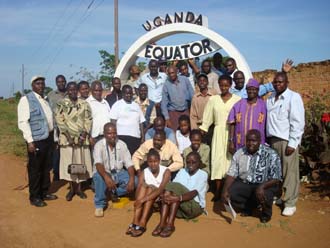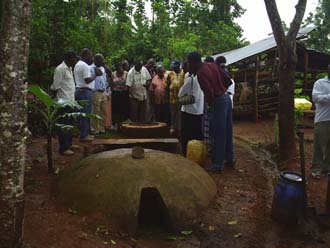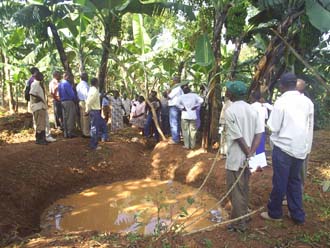We appeal to people everywhere to take some time and consider the plight of Kenyan families that are now very much traumatized and hungry, and spending nights in the cold after losing loved ones. Their homes have been burnt and property looted by arsonists. These people have gone through a lot of dehumanizing experiences and their only belongings now is the shirt or skirt that one wore on the day of attack.
The mayhem is a product of post-election ethnic violence ignited by disagreement by the ruling elite over elections results. It is a clear manifestation of the divide and rule (especially along ethnic lines) policy that the ruling class practice in Africa since the colonial period. The practice sows suspicion and hatred between the poor and marginalized and entrenches poverty, food and nutrition insecurity. It enslaves the minds of the poor and marginalized and denies them dignity, pride and confidence and makes them easy prey for exploitation.
So far the mayhem has claimed lives of about 200 people and left about 100,000 families without homes (are refugees in their own country). Among these people are members of Terra Madre food communities of Stinging Nettle, Ecological Farmers of Nakuru, traditional preservation of animal products, seed bulking and banking and nonwood forest products in the Central Rift Convivium, who are now camping in schools, churches and other such places with little to eat, drink and no change of clothing. These are people who were preparing to harvest their crops soon after the elections and the New Year, but now have to beg for support. The arsonists are setting ablaze the ready fields of corn, wheat and burley and even granaries, further worsening the complicated food insecurity in the country. The Central Rift Valley is part of the country’s grain basket that has been supplying food stuff to other parts of the country but now it has been turned into a food aid dependent region.
The chaos erodes the gains made towards realization of Millennium Development Goals (MDGs) and further complicates service delivery by community development organizations/institutions. It has disrupted community-based initiatives including the Slow Food supported projects on building partnerships between small-scale food producers in the Central Rift and Chefs in Kenya, the activities of 6 school garden projects and the Molo Lamb and wool project. If the situation is not checked in good time, it is going to affect school openings, cut short education for some children and increase the population of street children. Other long term consequences will include a breakdown of families and morals, thereby compromising the struggle against HIV/AIDS, an increase in the rate of crime, and food and nutrition insecurity.
The Slow Food Central Rift Convivium, government departments in th Molo district, and non-governmental organization (NGO’s) including Network for Ecofarming in Africa (NECOFA) have refocused their efforts towards providing support to the over 10,000 families camping in several schools and churches in Molo. The security situation is slowly but gradually improving and we are optimistic that before long we will be working on resettlement of the victims.
We invite all to participate with us in supporting these families now and in their resettlement later. For more information please contact Samuel K. Muhunyu the convivium leader Central Rift Convivium email: muhunyusk@yahoo.com or necofakenya@yahoo.com.






